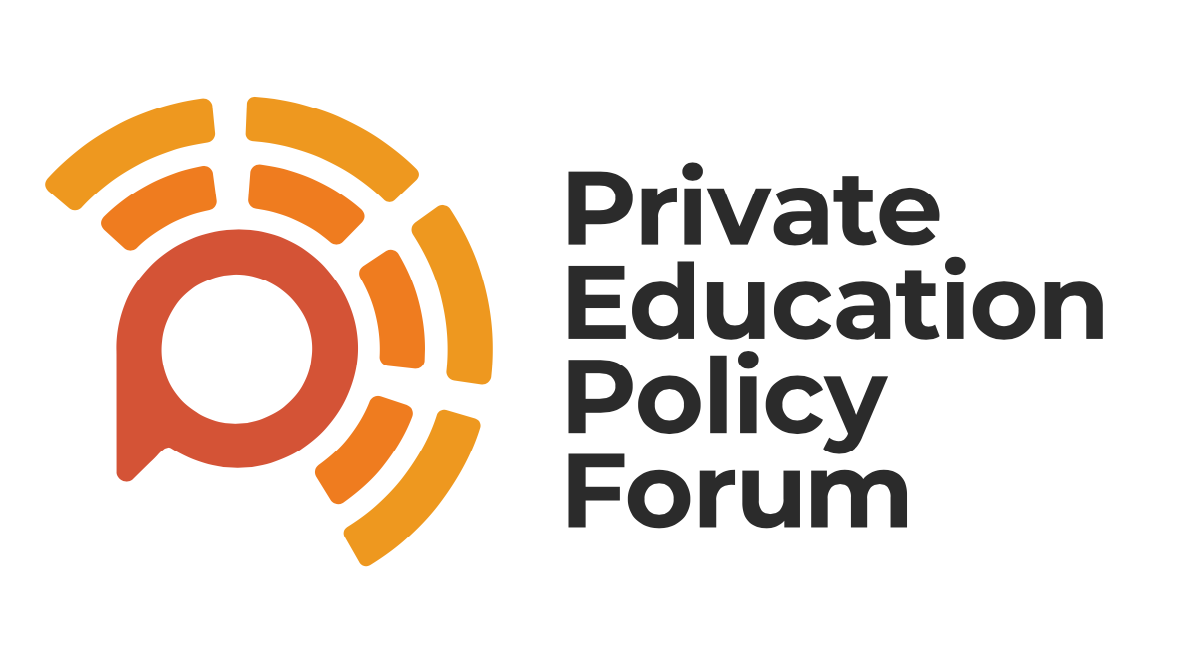
Title:
Private Schooling, Educational Transitions, and Early Labour Market Outcomes: Evidence from Three Anglophone Countries
Authors:
Jerrim, J., P. D. Parker, A. K. Chmielewski and J. Anders. European Sociological Review (2016) 32(2): 280-294.
What’s it about?
Private schools differ in their character across countries, especially across Europe. But they are quite similar between Australia, England and the United States.
Fees in all three countries are much higher than the resources devoted to each child in state schools, though English schools charge the most.
This study is a rare example of comparative research on the effects of private schools. In all three countries, private schools use their resources to generate high academic results for their pupils.
This paper compares how this gains them access to universities.
Methodology
The study uses high-quality longitudinal surveys of pupils in their mid-teens in Australia, England and the United States, between 2002 and 2004.
These surveys follow students into their early adult life. Statistical methods are then used to analyse how access to university differs according to whether the pupil attends a private or a state school.
What are the findings?
- Compared with pupils at state schools, private school pupils’ probability of being at university at age 20 is greater by 44 percent points in England, 31 percent points in Australia and 28 percent points in the United States.
- Allowing for pupils’ social and family background, gender and ethnicity, the differences are reduced to 24 percent points in England, 23 percent points in Australia, and 19 percent points in the United States.
Further research showed that most, but not all, of the private schools’ preferential access to university could be accounted for by their academic attainments within secondary school.
In short, we can take away that very affluent schools can bring about much better access to universities in all three Anglophone countries, not just in Britain.
What are the limitations of this research?
The study controls for observed family background, but does not allow for the academic selectivity of private schools; therefore, the above estimates may overstate the real causal impacts of going to a private school where schools admit pupils using tests or exams.
The study does not distinguish between religious and non-religious schools in the United States.
Explained by: Francis Green, Professor of Work and Education Economics at UCL Institute of Education



